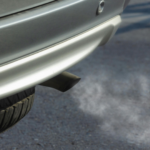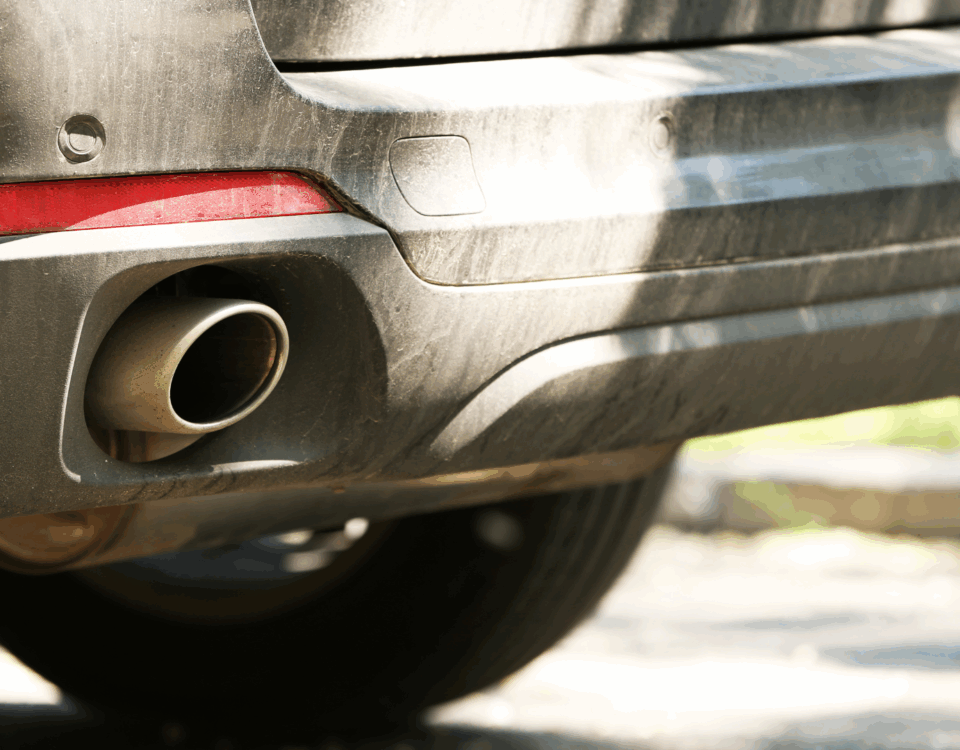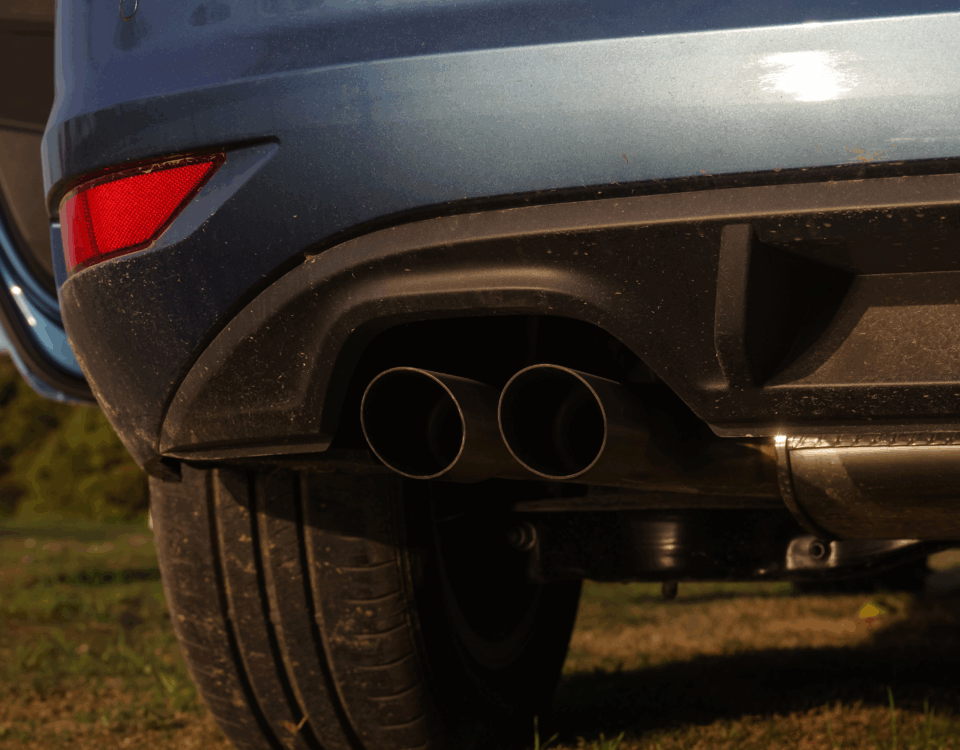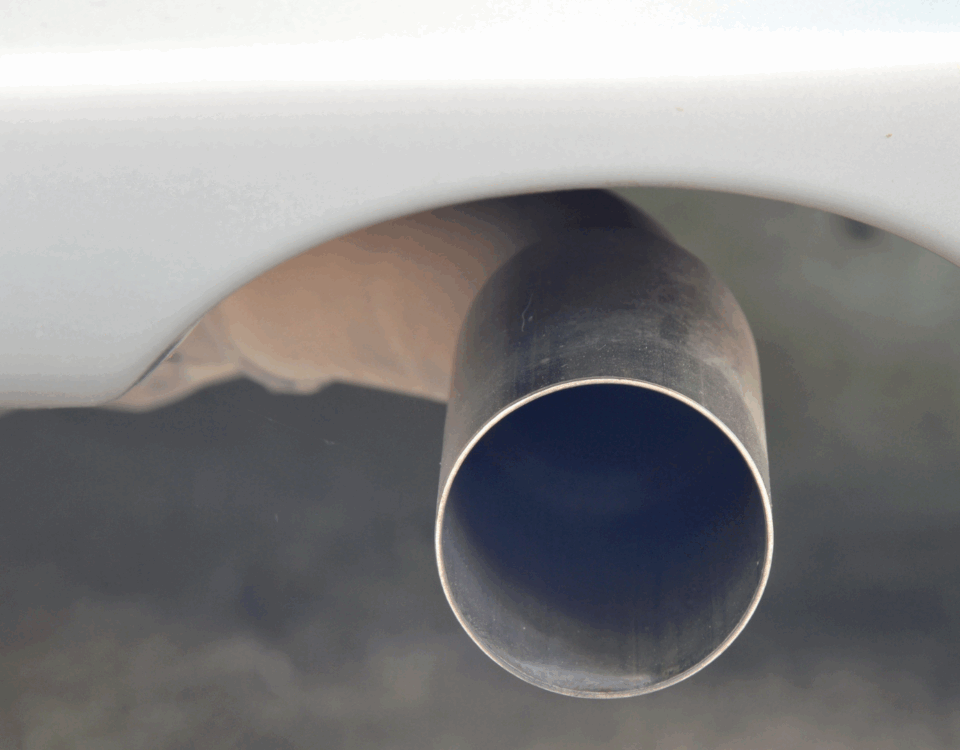
Smog Test Requirements: What Drivers Must Know to Stay Compliant
February 6, 2025Comprehending the Process of a Smog Check for Hybrid Vehicles
February 7, 2025Understanding Smog Check Requirements for Hybrid Vehicles
Hybrid vehicles have become increasingly popular due to their fuel efficiency and reduced emissions. However, many owners are unsure whether their car needs a smog check. In most states, hybrid cars are subject to smog inspections, though the frequency and type of testing may differ. Unlike traditional gasoline-powered vehicles, hybrids use a combination of an internal combustion engine and an electric motor, which affects how emissions are measured. Some states, like California, require smog checks for hybrids every two years after the car is eight years old. Understanding the specific regulations in your state is crucial to ensure compliance and avoid penalties.
Why Hybrid Cars Still Need a Smog Check
Although hybrids produce lower emissions compared to conventional gasoline-powered vehicles, they are not completely free from pollutants. The internal combustion engine in a hybrid still burns fuel, which releases carbon monoxide, nitrogen oxides, and hydrocarbons. Over time, components such as the catalytic converter, oxygen sensors, and exhaust system can deteriorate, leading to increased emissions. A smog check ensures that these components function properly and that the vehicle meets air quality standards. Even though hybrids emit less pollution, they still play a role in air quality management, making routine inspections necessary.
How the Smog Check Process Works for Hybrids
The smog check process for hybrid vehicles is slightly different from that of traditional gasoline cars. Since hybrids often operate on electric power at low speeds, the engine does not run continuously, making tailpipe emissions testing less effective. Instead, many smog check stations use an onboard diagnostics (OBD) system scan to assess emissions-related components. The OBD system monitors engine performance, fuel system efficiency, and emission control devices. If any issues are detected, the car may fail the smog check, requiring repairs before it can be retested. Ensuring that the check engine light is off and the vehicle has been driven sufficiently before the test can improve the chances of passing.
Common Reasons Hybrid Vehicles Fail a Smog Check
Despite their advanced technology, hybrid cars can still fail a smog check for various reasons. One common issue is a malfunctioning catalytic converter, which reduces harmful emissions. If the converter is damaged or clogged, it may trigger a check engine light, leading to a failed inspection. Faulty oxygen sensors can also cause problems by providing incorrect data to the engine control unit, affecting fuel combustion. Another frequent cause of failure is a disconnected or malfunctioning OBD system, which prevents the vehicle from communicating necessary emissions data. Regular maintenance and timely repairs can help prevent these issues and ensure a smooth smog check process.
Tips to Pass a Smog Check with Your Hybrid Car
To improve your chances of passing a smog check, it’s important to keep up with routine maintenance. Regular oil changes, air filter replacements, and fuel system cleaning can help maintain engine efficiency and reduce emissions. Driving the car for at least 15 minutes before the test ensures that the engine reaches optimal operating temperature, which can improve test results. Additionally, addressing any warning lights or error codes before the inspection can prevent automatic failure. If your vehicle has recently undergone repairs, driving it for a few days before testing allows the onboard diagnostics system to reset and provide accurate data. By following these steps, hybrid owners can avoid unnecessary delays and ensure their vehicle remains compliant with emissions regulations.
Read More:
Comprehending the Process of a Smog Check for Hybrid Vehicles





